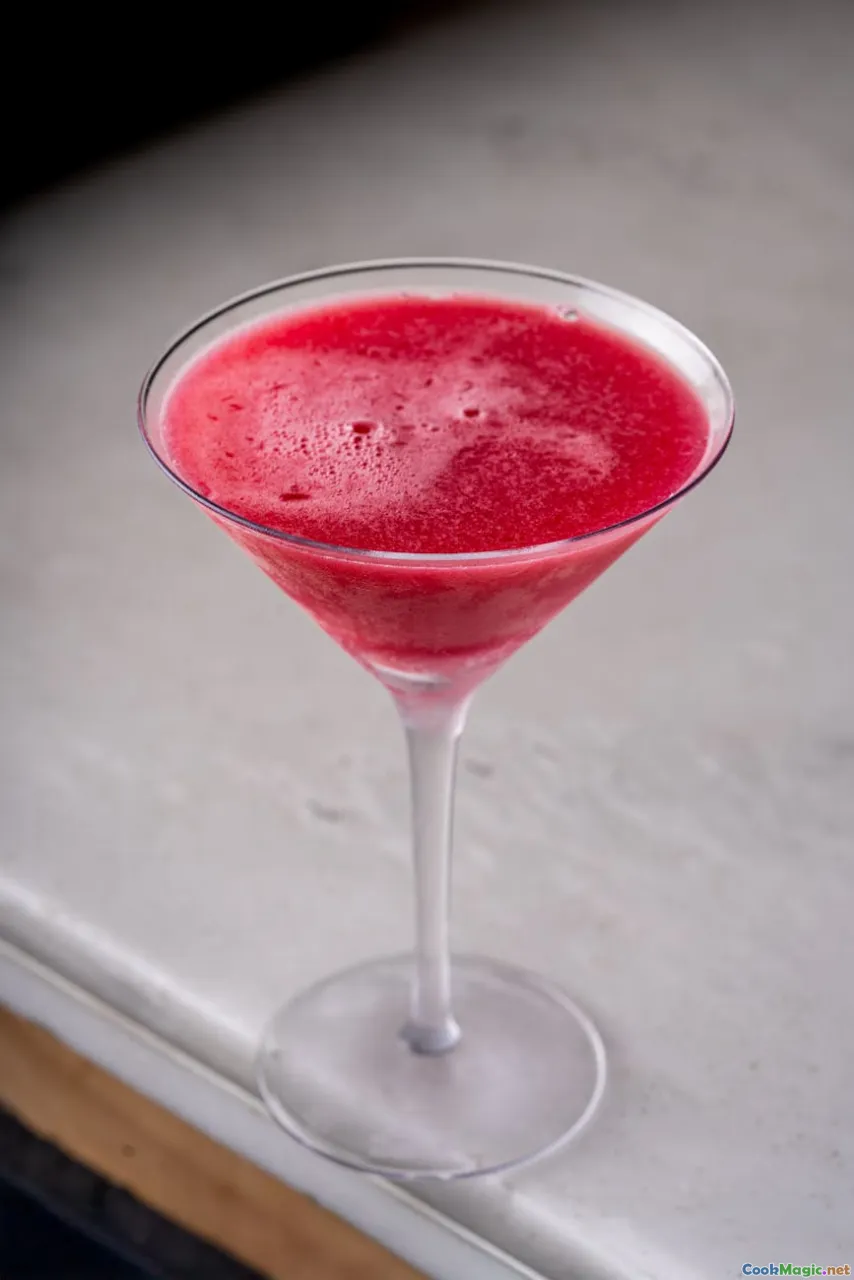Crafting Texture in Shaken Versus Stirred Drinks
8 min read Explore how shaking and stirring techniques influence the texture, flavor, and overall experience of cocktails, revealing the artistry behind each method. May 01, 2025 01:00
Crafting Texture in Shaken Versus Stirred Drinks
Imagine standing behind a bustling bar, the clink of ice, the swirl of liquids, and the anticipation of a perfectly crafted cocktail. At first glance, the difference between a shaken and a stirred drink might seem trivial—just a matter of stirring a liquid or shaking it vigorously. But beneath this simple dichotomy lies a world of craftsmanship that profoundly influences the texture, mouthfeel, and sensory experience of your beverage.
The Art and Science of Texture in Cocktails
Texture isn’t just a peripheral detail; it’s a core element that elevates a cocktail from mere liquid to a multisensory experience. The way a drink feels on the palate—smooth, silky, frothy, or velvety—can dramatically alter how we perceive its flavor and aroma. This tactile sensation is shaped by the techniques bartenders use, primarily shaking and stirring, each imparting distinct characteristics.
Historical Context: A Tale of Two Techniques
Historically, the evolution of cocktail preparation methods reflects cultural shifts and technological advancements. Stirring dates back to the earliest days of mixed drinks, aligning with the elegance and refinement of classic cocktails like the Martini and Manhattan. Stirring preserves clarity and a silky texture, embodying sophistication.
Shaking, introduced more prominently with the rise of Tiki culture and the mid-20th-century cocktail renaissance, brings a lively, frothy texture and a more robust flavor infusion. It’s a technique that embodies energy and modernity, transforming simple ingredients into complex, textured drinks.
Shaken Cocktails: Textures of Energy and Froth
The Technique
Shaking involves vigorous agitation of the cocktail ingredients with ice in a cocktail shaker. This process rapidly chills the mixture, dilutes it slightly, and incorporates air.
Texture and Sensory Impact
- Froth and Foam:One of the most distinctive features of shaken drinks is the creation of a frothy top layer, often seen in classics like theWhiskey SourorDaiquiri. This foam adds a light, airy texture that enhances the drink’s visual appeal and mouthfeel.
- Dilution: Shaking introduces more dilution due to the rapid melting of ice, balancing strong flavors and smoothing out the texture.
- Mouthfeel: The vigorous motion aerates the liquid, resulting in a slightly thicker, more viscous sensation that can make the drink feel more substantial.
- Flavor Integration: The agitation helps meld ingredients more thoroughly, especially when incorporating juices, syrups, or egg whites.
Personal Reflection
I recall a visit to a bustling bar in Havana, where the bartender expertly shook my Daiquiri with a flourish. The resulting frothy, pale amber drink was not only visually stunning but also had a light, velvety texture that danced on my palate. The froth imparted a playful richness, elevating the simple combination of rum, lime, and sugar into an indulgent experience.
Stirred Cocktails: The Elegance of Smoothness
The Technique
Stirring involves gently swirling the ingredients with ice in a mixing glass using a bar spoon. The goal is to chill and dilute the mixture evenly without incorporating much air.
Texture and Sensory Impact
- Clarity and Silkiness: Stirred cocktails retain clarity, showcasing the beauty of the ingredients. The texture is smooth, silky, and refined, often described as having a “mouth-coating” quality.
- Minimal Foam: Unlike shaking, stirring produces little to no foam, maintaining a sleek appearance.
- Controlled Dilution: The slow, gentle movement results in precise dilution, allowing the bartender to fine-tune the drink’s strength and texture.
- Enhanced Aromatics: Because stirring doesn’t aerate the mixture excessively, more aromatic compounds remain intact, delivering a more nuanced aroma.
Personal Reflection
During a visit to a high-end Parisian bar, I watched a master bartender stir a Negroni. The process was deliberate, almost meditative. The resulting drink was a crystal-clear, velvety concoction that exuded elegance. Its smooth texture complemented the complex bittersweet notes, making each sip an exercise in refined taste.
When to Shake, When to Stir?
Choosing between shaking and stirring isn’t merely about tradition; it’s a deliberate decision that influences the final texture.
-
Use shaking when:
- The drink contains juices, dairy, egg whites, or other ingredients that benefit from aeration.
- You desire a frothy, lively texture.
- You want to create a more complex, layered mouthfeel.
-
Use stirring when:
- The ingredients are spirits or liqueurs that benefit from preservation of clarity.
- You prefer a silky, smooth mouthfeel.
- The cocktail demands subtlety and elegance.
The Personal Touch: Combining Techniques
Many bartenders and enthusiasts experiment with hybrid techniques. For instance, shaking a cocktail vigorously to create foam and then gently stirring to meld flavors or adjust texture demonstrates the artistry involved. This approach underscores that the craft isn’t rigid but a fluid dance that adapts to the desired sensory profile.
Final Thoughts: The Experience Beyond the Glass
Crafting the perfect cocktail is about more than just ingredients; it’s about orchestrating a sensory symphony. Texture, often overlooked, is a vital conductor that guides our experience—whether it’s the playful froth of a shaken drink or the sleek elegance of a stirred masterpiece.
Next time you raise a glass, consider the technique behind it. Ask yourself: is this a drink that should be lively and frothy or smooth and refined? Your choice of shaking or stirring is more than a method—it's a statement of style, a reflection of tradition, and a testament to the artistry of mixology.
In the world of cocktails, texture is the secret ingredient that transforms a simple mixture into a memorable experience. Embrace the technique, savor the sensation, and toast to the timeless craft of balance and beauty in every sip.









